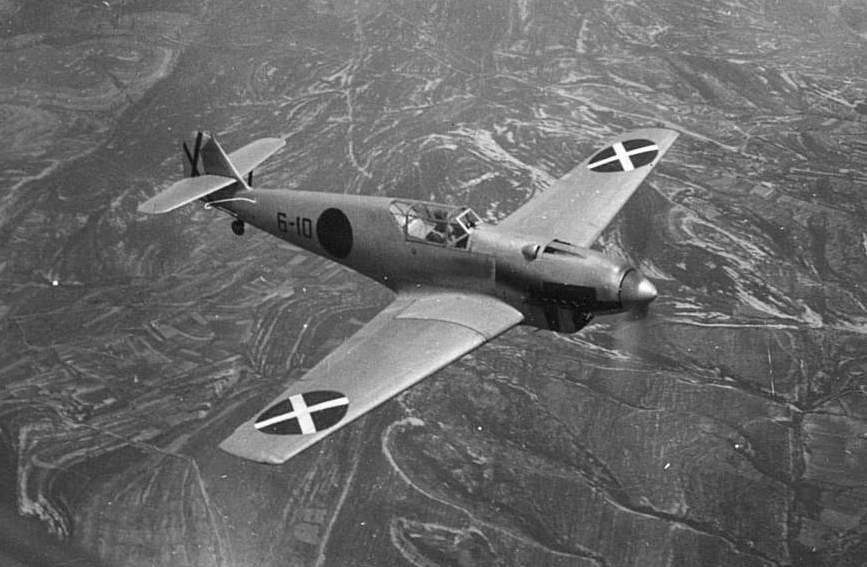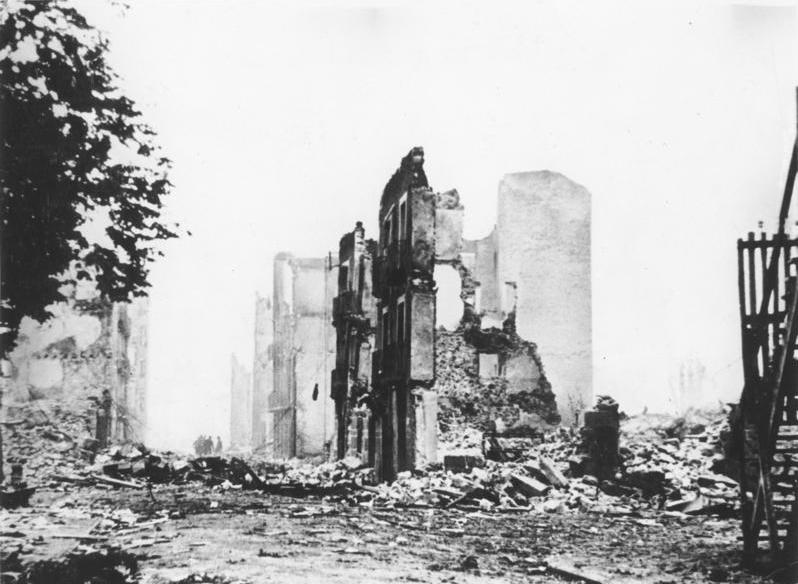The world believed that the Luftwaffe could easily burn down entire cities as a result of the greatly inflated tales of the bombing, which was undoubtedly beyond their capacity in 1937, 1938, or even 1940
The Luftwaffe was a brand-new air force when the Spanish Civil War started in 1936; it had been created in secrecy and had only been formally founded in 1935. However, it was quickly growing and in a position to support its ideological allies, Franco’s Nationalists. To transport Franco’s troops to Spain, the Luftwaffe’s expeditionary force, the Legion Condor, undertook the first significant airlift ever.
It deployed its best pilots and newest aircraft, the Bf 109, He 111, and Ju 87 Stuka, to join the battle to build the Luftwaffe’s doctrine, tactics, and combat experience over the course of the following three years.
According to Dr. James S. Corum in his book Legion Condor 1936–1939: The Luftwaffe Develops Blitzkrieg in the Spanish Civil War, the Legion Condor also took the lead in the air attack on Guernica, a small Basque town that was right next to the Republican Army’s lines. This incident is the most well-known one in the history of the Spanish Civil War. It attained the status of the Spanish Civil War’s single most-written-about battle on April 26, 1937.
With 7,000 residents, Guernica was a tiny industrial town with a crucial bridge and intersection that crossed the Mundacan River. It was the only river crossing for 20 miles and a large portion of the Basque Army, 23 battalions, was in retreat to positions behind the river. The Basque Army’s primary escape route could be blocked if the bridge could be destroyed and the town closed to traffic. Guernica presented an opportunity for operational-level interdiction.
Guernica was attacked by the legion Condor around 4.30 pm on April 26. As pathfinders, three modern He 111 medium bombers and one Dornier Do 17 light bomber flew in front. 18 Ju 52 bombers followed them, and Bf 109 and He 51 fighter aircraft provided support. Some Nationalist Air Force Ju 52s also joined the attack. The aircraft of the Legion Condor pounded the town for an hour in waves of three to four aircraft each.
With the Renteria Bridge as their target, the Germans dropped around 32 tons of high-explosive and incendiary bombs on the town. Just across the bridge, the first bombing pass dropped its bombs. Bombers flew in successive waves, dropping their bombs into the area of the town center as the target was shrouded in smoke.
Although the bridge was not destroyed by the bombing raid, one end of the town was completely destroyed, which achieved the tactical goal of closing the road to traffic for a full 24 hours. Though only a few miles from Guernica, the Nationalist Army was unable to advance rapidly, trapping the Basque Army. The Army cleared the way through Guernica and evacuated its troops through the Renteria bridge during the course of the following three days.
Oberstleutnant Wolfram von Richthofen, the head of the Legion Condor, said that although the attack on Guernica was a “technical success,” he was upset that the Nationalist Army did not occupy the town right away to cut off the Basque Army’s escape.

In the course of the war, small towns in Spain were the target of numerous raids, including the one on Guernica. A report from the Legion Condor to Berlin on February 11, 1938, explains the German operational justification for hitting cities like Guernica: ‘We have notable results in hitting targets near the front, especially in bombing villages which hold enemy reserves and headquarters. We have had great success because these targets are easy to find and can be thoroughly destroyed by carpet bombing.’
As a result of the bombers’ inability to hit exact targets, the report stated that attacks on point targets like bridges, roads, and rail lines were more challenging and generally less successful. Precision bombing had not yet become commonplace.
But the age of mass media had come. Although there were two Basque Army battalions in the town, the Basque government hailed the attack on Guernica as a “terror attack” against a “open city” in order to use heavy airstrikes to weaken the Basque people’s will. Nearly half of the town’s population, or 1,687 killed and more than 800 wounded, were officially reported by the authorities. Just after the attack, British journalists went to Guernica and reported on the catastrophic destruction.
The headlines of the major newspapers in Europe and America featured vile depictions of the bombing. Picasso was inspired to create the magnificent painting “Guernica,” which was displayed at the world expositions in Paris only a few weeks later.
Ironically, Hitler’s greatest success in the Spanish Civil War came from a news story intended to highlight German brutality and win support for the Spanish Republic abroad. The world was given the impression that the Luftwaffe could easily burn entire cities to the ground, which was undoubtedly beyond their capabilities in 1937, 1938, or even 1940 due to the greatly exaggerated reports of the bombing (the actual number of civilian deaths at Guernica was 300, not 1,687).
When British Prime Minister Neville Chamberlain and French Premier Edouard Daladier met with Hitler in Munich in September 1938 and bargained away the freedom of Czechoslovakia, the popular story of Guernica was very much on their minds. This was primarily because they and their populations feared the complete destruction of their cities by the Luftwaffe.
Legion Condor 1936-39 the Luftwaffe develops Blitzkrieg in the Spanish Civil War is published by Osprey Publishing and is available to order here.

Photo by Self-photographed, Bundesarchiv, Bild 183-H25224 / Unknown author and Unknown author via Wikipedia

